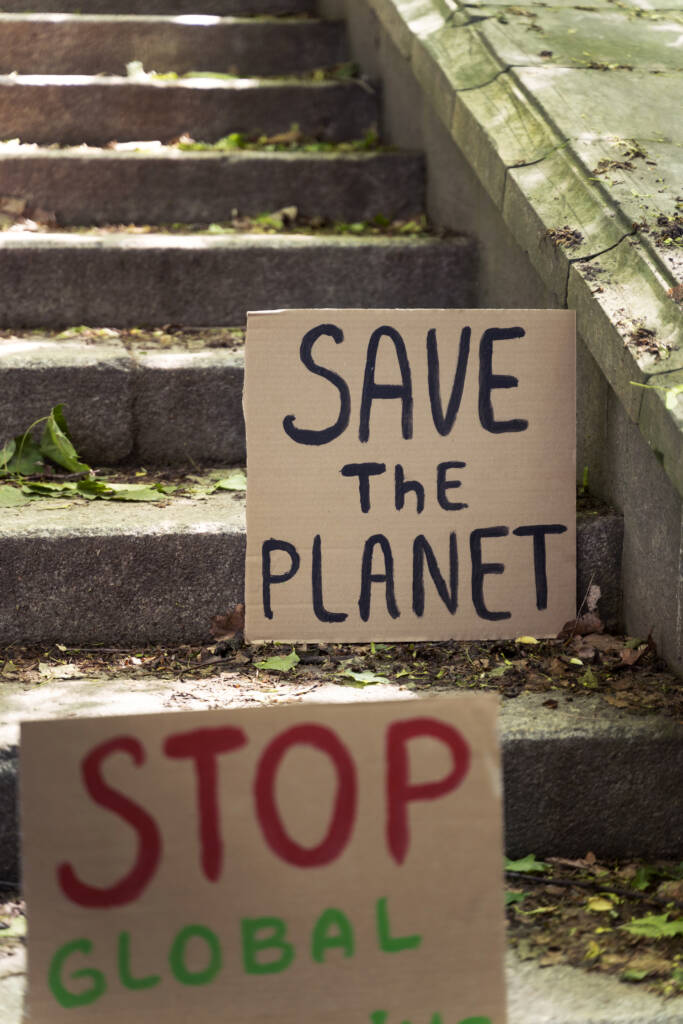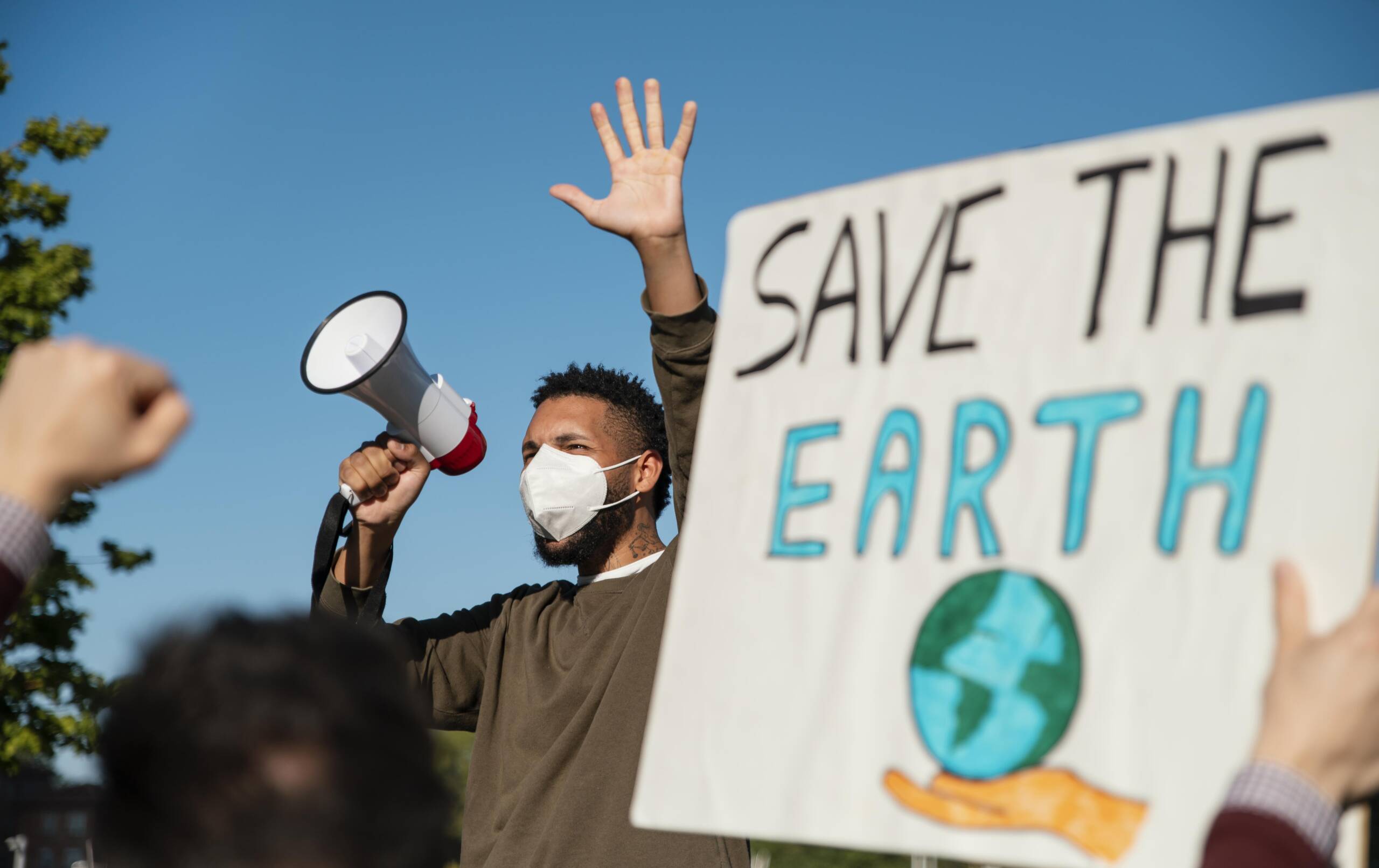The environmental challenges we will encounter 50 years from now will likely be shaped by the decisions we make today. As global populations grow and the demand for resources increases, we can anticipate several significant environmental issues that will impact our planet and future generations.
Climate Change and Global Warming
Climate change is one of the most pressing environmental challenges that will continue to evolve over the next 50 years. If current trends continue, we can expect:
- Rising global temperatures: Continued greenhouse gas emissions will likely result in a further increase in global temperatures. This will exacerbate extreme weather events, such as heatwaves, droughts, and intense storms, making them more frequent and severe.
- Melting polar ice and rising sea levels: The warming climate will lead to accelerated melting of polar ice caps and glaciers, contributing to rising sea levels. This poses a significant risk to coastal communities, with millions potentially displaced due to flooding.
- Ocean acidification: As carbon dioxide levels increase, more CO2 is absorbed by the oceans, leading to acidification. This can have devastating effects on marine ecosystems, particularly coral reefs, which are vital for biodiversity and coastal protection.
Biodiversity Loss
The loss of biodiversity is another critical challenge that will likely intensify over the next half-century:
- Habitat destruction: Human activities such as deforestation, urbanization, and agriculture are leading to the destruction of natural habitats. This loss of habitat threatens the survival of countless species and disrupts ecosystems.
- Species extinction: The current rate of species extinction is alarming, and without significant conservation efforts, many more species will be lost in the coming decades. This loss of biodiversity can have cascading effects on ecosystems and the services they provide, such as pollination, water purification, and climate regulation.
- Invasive species: Globalization and climate change are facilitating the spread of invasive species, which can outcompete native species and disrupt ecosystems. Managing these invasions will be a growing challenge as the climate continues to change.
Water Scarcity
Water scarcity is expected to become a more severe issue as populations grow and climate change alters precipitation patterns:
- Depleting freshwater resources: Over-extraction of groundwater, pollution, and climate change are leading to the depletion of freshwater resources. This will pose significant challenges for agriculture, industry, and human consumption, particularly in arid and semi-arid regions.
- Increased competition for water: As water becomes scarcer, competition among agricultural, industrial, and domestic users will intensify. This could lead to conflicts and exacerbate inequalities, particularly in regions where water resources are already limited.
- Impact on agriculture: Water scarcity will have a direct impact on food production, as agriculture is the largest consumer of freshwater. Reduced water availability could lead to lower crop yields, threatening food security in many parts of the world.
Pollution and Waste Management
Pollution and waste management will remain critical environmental challenges over the next 50 years:
- Air pollution: Despite progress in some areas, air pollution remains a significant health risk. As industrialization and urbanization continue, managing air quality will be essential to prevent respiratory illnesses and other health problems.
- Plastic pollution: Plastic waste is accumulating in our oceans and landfills at an alarming rate. Without significant changes in production, consumption, and waste management practices, plastic pollution will continue to harm marine life, ecosystems, and human health.
- Toxic waste: Industrial processes, mining, and chemical production generate toxic waste that can contaminate soil, water, and air. Effective waste management and cleanup efforts will be critical to prevent long-term environmental damage.
Energy Demand and Transition
As the global population grows, so will the demand for energy, presenting both challenges and opportunities:
- Sustainable energy transition: The shift from fossil fuels to renewable energy sources like solar, wind, and hydropower is crucial for reducing greenhouse gas emissions. However, this transition will require significant investment, infrastructure development, and technological innovation.
- Energy storage and grid management: As renewable energy becomes more prevalent, the need for efficient energy storage and grid management will increase. Developing technologies to store energy and manage supply and demand will be essential for a stable and sustainable energy system.
- Impact on natural resources: The production of renewable energy technologies, such as batteries and solar panels, requires the extraction of rare minerals. Managing the environmental impact of mining and ensuring sustainable resource use will be important challenges.
Food Security and Agriculture
Feeding a growing global population will be a major challenge, particularly in the face of climate change and environmental degradation:
- Sustainable agriculture: Developing sustainable farming practices that minimize environmental impact while maintaining productivity will be essential. This includes reducing the use of chemical fertilizers and pesticides, conserving water, and protecting soil health.
- Climate-resilient crops: As climate change affects weather patterns, developing crops that are resilient to drought, heat, and other stresses will be critical for ensuring food security.
- Urban agriculture: With increasing urbanization, there will be a growing need to integrate food production into urban environments. Vertical farming, rooftop gardens, and other innovative agricultural practices could help meet this demand.
Population Growth and Urbanization
Rapid population growth and urbanization will place additional pressure on the environment:
- Urban sprawl: As cities expand, natural habitats are converted into urban areas, leading to habitat loss, increased pollution, and higher demand for resources. Managing urban growth sustainably will be a key challenge.
- Infrastructure development: Developing infrastructure that meets the needs of growing populations while minimizing environmental impact will be essential. This includes sustainable transportation, energy-efficient buildings, and waste management systems.
- Social inequality: Environmental challenges often disproportionately affect vulnerable populations. Addressing social inequality and ensuring equitable access to resources will be crucial in the face of these challenges.
The environmental challenges we will encounter 50 years from now are complex and interconnected, requiring global cooperation, innovation, and a commitment to sustainability. Addressing these challenges will not only protect the environment but also ensure a healthier, more equitable future for all. The actions we take today will shape the world of tomorrow, making it imperative to prioritize environmental stewardship in every aspect of our lives.




